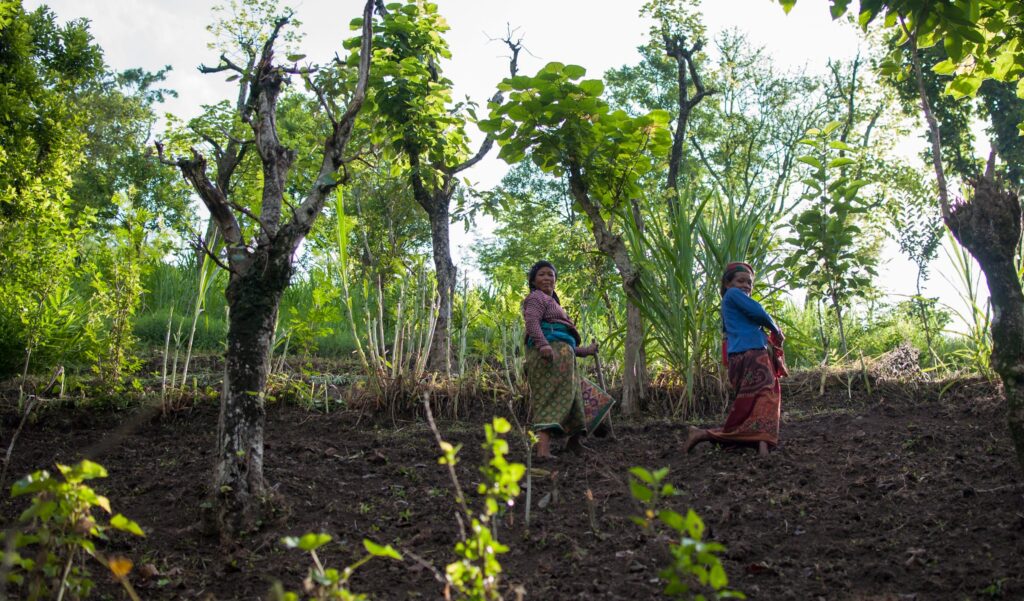Project management is a complex and multifaceted discipline that involves careful planning, organization, and execution to achieve specific goals and objectives. In recent years, there has been a growing recognition of the importance of environmental considerations in project management. This has given rise to a specialized role known as “Environmental Liaising” or “Environmental Coordination.” In this article, we will explore the critical role of environmental liaising work in project management and how it contributes to the successful execution of projects with minimal environmental impact.

Understanding Environmental Liaising
Environmental liaising, also known as environmental coordination or management, is the process of integrating environmental considerations into every phase of a project. It involves working closely with various stakeholders, including project managers, environmental experts, regulatory bodies, and local communities, to ensure that the project is executed in compliance with environmental laws and regulations.
The Key Responsibilities of an Environmental Liaison Officer
Environmental liaison officers play a pivotal role in project management, and their responsibilities encompass a wide range of activities. Some of the key tasks they perform include:
- Environmental Impact Assessment (EIA)
One of the primary responsibilities of an environmental liaison officer is to conduct an Environmental Impact Assessment (EIA). This involves evaluating the potential environmental consequences of a project, such as air and water pollution, habitat disruption, and resource depletion. The EIA helps project managers make informed decisions and implement mitigation measures to minimize adverse impacts.
- Regulatory Compliance
Environmental liaising work involves staying up-to-date with environmental laws and regulations at the local, national, and international levels. Liaison officers ensure that the project complies with all relevant environmental standards, permits, and licenses. They also facilitate communication with regulatory agencies and assist in obtaining necessary approvals.
- Stakeholder Engagement
Effective communication with stakeholders is crucial in project management. Environmental liaison officers engage with various stakeholders, including local communities, non-governmental organizations (NGOs), and environmental experts. They seek input, address concerns, and build consensus to create a collaborative environment for project success.
- Risk Assessment and Mitigation
Identifying environmental risks and developing mitigation strategies are essential aspects of environmental liaising. Liaison officers work with project teams to assess potential risks, such as soil contamination, hazardous waste disposal, or ecological disruption, and develop plans to minimize or mitigate these risks.
- Monitoring and Reporting
Throughout the project lifecycle, environmental liaison officers monitor environmental parameters and collect data to track progress and compliance. Regular reporting to project managers and regulatory authorities ensures transparency and accountability.

Benefits of Environmental Liaising in Project Management
The inclusion of environmental liaising work in project management offers several significant benefits:
- Legal Compliance
By ensuring compliance with environmental laws and regulations, projects can avoid costly fines, delays, and legal complications. Environmental liaison officers help navigate the complex regulatory landscape and keep projects on the right side of the law.
- Risk Reduction
Proactive identification and mitigation of environmental risks help prevent accidents, incidents, and environmental damage. This can protect the reputation of the project, reduce costs, and enhance safety.
- Improved Stakeholder Relations
Engaging with stakeholders and addressing their concerns fosters goodwill and positive relationships. It can lead to smoother project implementation and reduced opposition from local communities and environmental groups.
- Environmental Sustainability
Environmental liaising work contributes to the long-term sustainability of projects. By minimizing environmental impacts and promoting responsible resource management, projects can coexist harmoniously with the environment.
The Environmental Liaising Process
The process of environmental liaising can be broken down into several key steps:
Environmental Assessment: Conduct a comprehensive assessment of the project’s potential environmental impacts.
Regulatory Compliance: Ensure that all necessary permits and approvals are obtained and that the project adheres to environmental regulations.
Stakeholder Engagement: Establish open lines of communication with relevant stakeholders and address their environmental concerns.
Environmental Monitoring: Continuously monitor the project’s environmental performance and compliance throughout its lifecycle.
Adaptive Management: Be prepared to adapt the project’s environmental strategies as new information becomes available or circumstances change.
Conclusion
In the ever-evolving landscape of project management, environmental considerations have become paramount. Environmental liaising work plays a vital role in ensuring that projects are executed responsibly and sustainably. By integrating environmental expertise, compliance, and stakeholder engagement into project management processes, organizations can achieve their goals while preserving the environment for future generations. As the world continues to prioritize environmental sustainability, the role of environmental liaising in project management is poised to become even more critical.
What is the primary goal of environmental liaising work in project management?
The primary goal is to harmonize project objectives with environmental sustainability by understanding, mitigating, and managing environmental impacts.
How can project managers ensure compliance with environmental regulations?
Project managers can ensure compliance by staying updated on relevant laws, obtaining necessary permits, and incorporating best practices into their projects.
What are some sustainable practices that can be integrated into projects?
Sustainable practices include using eco-friendly materials, reducing waste, implementing energy-efficient technologies, and minimizing the project’s carbon footprint.
Why is stakeholder engagement crucial in environmental liaising work?
Stakeholder engagement fosters trust, allows for feedback incorporation, and promotes shared responsibility, ultimately leading to better project outcomes.
What are the long-term benefits of environmental liaising work?
Long-term benefits include enhanced reputation, cost savings, regulatory compliance, project viability, and a positive impact on the environment.
How can project managers effectively monitor environmental aspects during a project?
Project managers can effectively monitor by conducting regular assessments, tracking environmental metrics, and implementing corrective actions when necessary.







